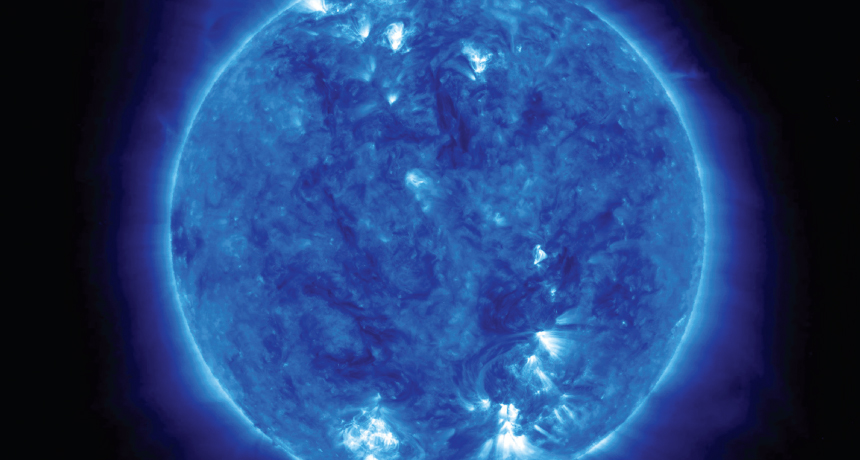
SERENE STATE An image taken in September by the STEREO spacecraft shows the sun in a state of relative serenity compared with past solar maxima.
StereO/NASA

SERENE STATE An image taken in September by the STEREO spacecraft shows the sun in a state of relative serenity compared with past solar maxima.
StereO/NASA